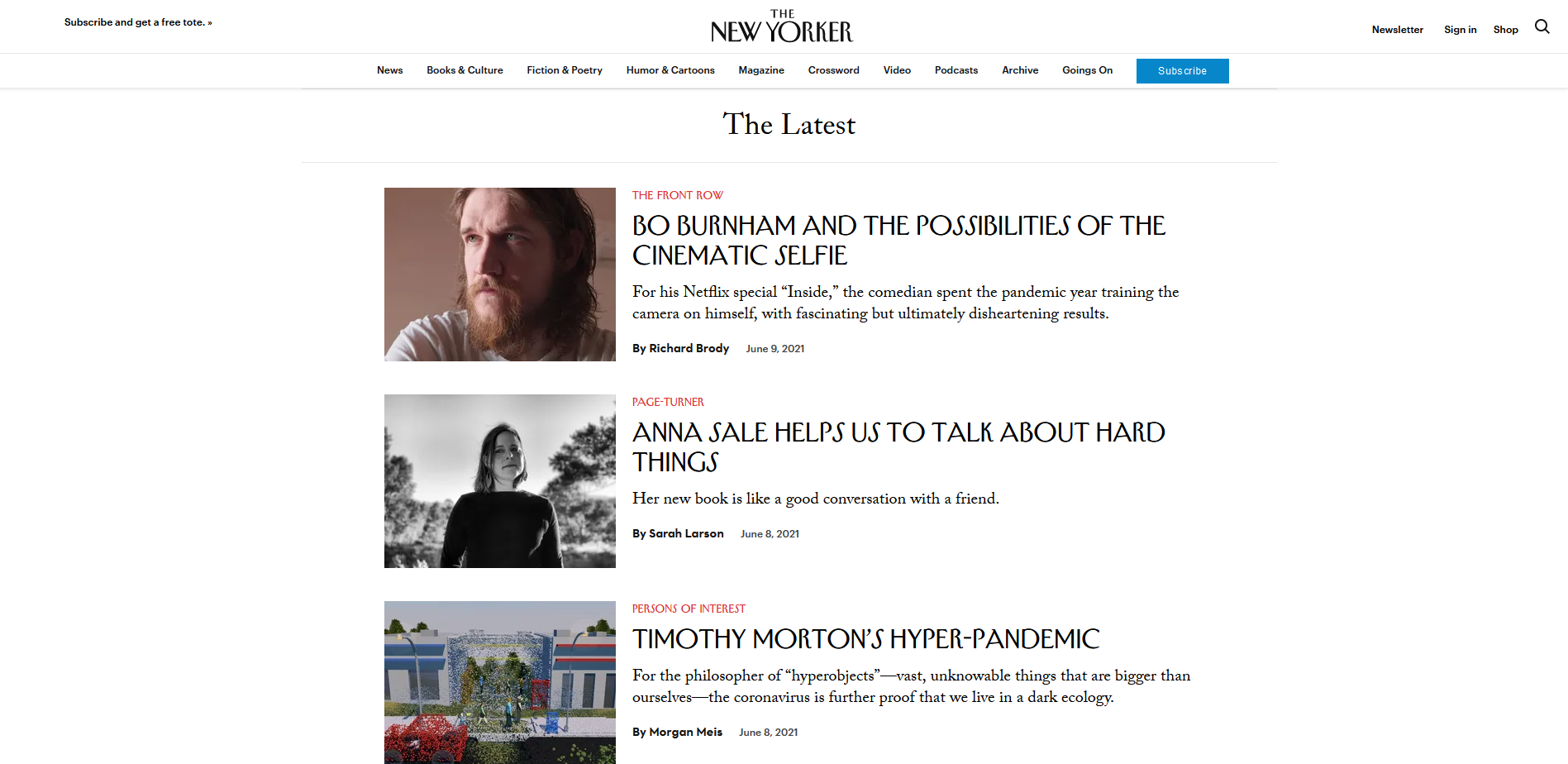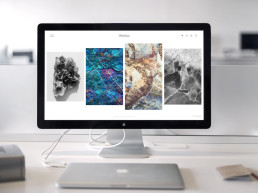The internet and its uses have come a long way. Websites are now prerequisites for businesses in the same way that every private individual has a Facebook page. Having a website for your business gives your company an air of legitimacy and authenticity. The worst part is that many believe they must be some tech genius to build a website. In today’s highly competitive market, that’s very understandable, which is why there are tools and websites that you can utilize that teach you How to Design a Website.
The fact is that 47% of people expect a web page to load in 2 seconds or less. Once it’s up, it takes 0.05 seconds for people to form an opinion about your site. Studies have shown that 94% of first impressions are design-related.
Hosting /Domain
First things first, you’ll need a domain. If you already have one, skip this step. As the internet has become more competitive with websites and their design, some hosting sites want to help everyone find a place online. You can find a more detailed list of hosting facts.
There are websites like Wix, Squarespace, and WordPress; you only need to pay a monthly fee, purchase a domain name (www.), and use their templates and platform. It comes down to your website’s needs which will determine what kind of hosting you choose.
Define Purpose
Some people think it’s all about the look of a website; others, it’s usability. But the truth is, a unique balance of looks, clear copy, and usability is the key to having excellent web design.
Now that you have a host and a domain, it’s time to define what kind of website you’re designing. If it’s selling a product, you’ll want to focus more on the page’s functionality. The main focus should be on the product more than the entire page aesthetic.
Whatever theme you choose, remember a website is your digital business card. Potential prospects will get an impression of your company, good or bad, depending on your site’s impact on them.

Plan Out Your Web Design
It helps to look around other websites for inspiration, especially ones similar to your niche. You can get an idea of what you’d like to implement in your website design and what you don’t. Just remember its views only. Full-on copying is not a good idea.
Your site should be yours, and the impact you want on your audience should be because of your design, content, and value, not because you copied what seems to work for someone else. A great place for ideas or a “vision board” would be Pinterest.
When you have a well-formulated plan about how you want to structure your page, this will help you with things like content management and user experience. Physically draw it out if you have to, or look up templates by Webflow that go best with your aim.
Your range of options is endless; this isn’t a process that has to be rushed. Hubspot highlights the importance of specific areas on your website that can improve your UX that isn’t covered here.
User Experience (UX)
The user experience should focus on the user. This part of your page design comes in many aspects but contributes to the whole thing. You want your visitors to locate what they want on your page quickly. Nothing will make them click off faster than not getting the information they need right away from you.
This feature is all about accessibility for users interacting on your site. Webdesignerdepot makes a case for the importance of UX to impact visitors positively. Anything from the font, typeface, or color can significantly impact the UX. Things to focus on:
-
- Clarity – The content and messaging of your website should be straightforward.
- Usability – The standard layouts for things like CTA (call to action) or logins should be easy to find.
- Mobile-Friendly – More people are on their phones and are more likely to look up sites on their mobile devices.
Layout
In our previous blog post here, we set an example of what kind of structure would be ideal for a page. The idea behind this is to clarify to first-time visitors where everything on your site is, like services and content. You don’t want to have someone click off because they couldn’t understand how to use your website.
![]()
We immediately put our services and related information above the fold so prospects can browse and see our services.
Two layout patterns are used for websites: the F Pattern and the Z Pattern.

The New Yorker makes an excellent example of the F Pattern for layout. This layout is similar to Google search pages where you read in a horizontal movement, that’s the top bar of the F. Then, you read the second line in the same direction, which forms the lower F bar until you eventually scan the rest. The Instagpage blog has a detailed explanation of this pattern.

The Z Pattern is often used in web design and is a more familiar layout. Instapage explains this pattern by showing how people will scan horizontally from left to right and then down to the left side, creating a diagonal line. Lastly, they go back across to the right side. This pattern is excellent for layouts with minimal text, making scanning through the page more accessible.
Content Management System (CMS)
A content management system (CMS) allows you to build a website without much technical knowledge. A user-friendly interface makes writing, publishing, and editing your content more accessible, like CTAs (call to action) buttons and other hyperlinks.
If you’re familiar with WordPress.Org.,they, they use the CMS, making it much easier for their clients to create websites and add content. It’s like opening up MS Word right there, online. You can add photos, links, and videos to one post. The best part is that multiple people can work on the same piece at the same time before publishing.
Other sites that offer CMS:
SEO (Seach Engine Optimization)
You probably hear a lot about this and wonder what it is. SEO is like having a restaurant with excellent food, but nobody knows about it. Now, you enhance the ambiance and add more options for different diners to the menu. The changes aren’t that apparent, but they make a big difference.
SEO is a way to improve being seen on the first page of Google searches. For example, the content you put out, like the title and the meta description, allows people to see the post before clicking.
Search engines cannot read images, so having text and the idea will help Google see what you’re describing. Also, if you have too many photos on your site, it may slow down. A quick fix for this is to compress the images.
Internal linking is another great tool when making posts. The process of you writing in-depth about a specific topic and how you link to another post about the same topic from a different site. Search engines will think you know much about this topic and rank you higher.
How You Can Apply These Tools
There’s a lot that goes into making a website. It’s widely shared for one to get too focused on the aesthetics of your website design. Still, it’s essential that you also consider the functionality of your website – your user experience (UI). It is your audience that you need to reel in. Brightsand designs can help you apply all the tools mentioned above and more! We help you create a website that represents your vision with a seamless experience for your audience.
BRIGHTSAND Designs is a full-service digital marketing agency that prioritizes and transforms your ideas and potential into actuality. Our strength in design and professional branding is what we stand on to create the realities that our partners deserve.
Rafaela Hsu
I'm Rafaela, a marketer with a career that spans over two decades in the ever-evolving realm of marketing.
Throughout my career, I’ve taken on many different roles, each helping me build a wide range of skills and sharpen my ability to think strategically. I’ve led marketing teams and managed key projects, giving me a deep understanding of the marketing field. I’ve also had the chance to work with Fortune 500 companies, learning valuable lessons and gaining expertise that have shaped my journey.
I started my career before the digital age really took off, making me one of the early adopters in the industry. I’ve successfully adapted to the changes over time and thrived in this fast-moving environment. My skills cover a broad range, from working with web technologies and SEO, to graphic design, content creation, and data analysis.
Delivering strong results in competitive markets has been a key part of my career, reflecting my ongoing commitment to excellence.
I’m excited to share my knowledge with you. Whether you need strategic advice, creative marketing solutions, or a reliable partner to help navigate the complex world of marketing, I’m here to help.
Let’s work together to unlock the full potential of your marketing efforts!
Related Posts
December 10, 2024
How Listening to Social Media Can Turn Customers into Fans
Unlock the power of social media listening to transform casual followers into…
November 20, 2024
From Abroad to America: A Marketing Guide for Foreign Businesses
Discover actionable tips for engaging diverse U.S. audiences, building trust…



